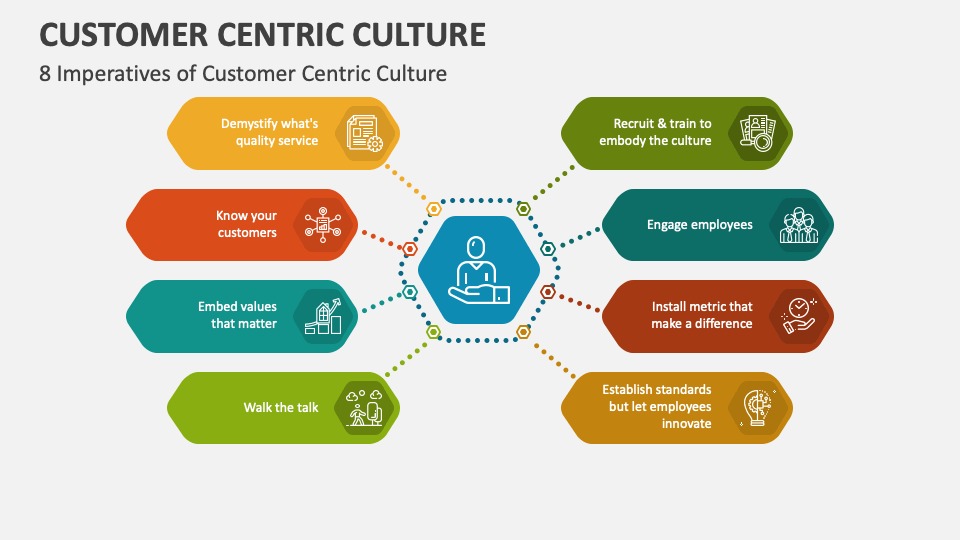- 02269710803 call us
- info@tejasgroup.co.in Mail us
Client-Centric Focus
client-centric focus
A client-centric focus, also known as a customer-centric approach, is a business strategy and philosophy that places the needs, preferences, and satisfaction of the client or customer at the core of all decision-making, processes, and interactions. It is about creating a business environment where the client's interests are prioritized and the company continuously strives to exceed customer expectations. Here are key aspects of a client-centric focus:
Understanding Customer Needs: A client-centric organization actively seeks to understand the needs, wants, and expectations of its customers. This involves gathering feedback, conducting market research, and creating customer personas to develop a comprehensive understanding of the client base.
Personalization: Tailoring products, services, and interactions to individual customer preferences whenever possible. This can lead to more meaningful and relevant experiences.
Effective Communication: Regular and transparent communication with customers is essential. It includes providing information, updates, and support when needed, as well as actively listening to customer feedback and addressing concerns promptly.
Customer Empowerment: Giving customers the tools and resources to make informed decisions, such as self-service options, educational materials, and user-friendly interfaces.
Customer Experience (CX) Improvement: Continuous efforts to enhance the overall customer experience, from initial engagement through the entire customer lifecycle. This includes refining processes, reducing friction, and making interactions more enjoyable and efficient.
Responsive Support: A client-centric organization provides accessible and responsive customer support, including multiple channels for contact, quick issue resolution, and knowledgeable staff.
Client Loyalty and Retention: Fostering long-term relationships by exceeding customer expectations and delivering exceptional value. Loyal customers are more likely to return, provide referrals, and become advocates for the company.
Feedback Integration: Actively collecting and using customer feedback to drive improvements in products, services, and business processes. This involves both solicited and unsolicited feedback.
Measuring Customer Satisfaction: Using key performance indicators (KPIs) and metrics to monitor customer satisfaction, loyalty, and advocacy. This data helps in evaluating the success of the client-centric approach.
Employee Engagement: Recognizing that satisfied and engaged employees are more likely to provide better service to clients. Employee well-being and motivation are integral to a client-centric focus.
Adaptability: Being flexible and adaptive to changing customer needs and market conditions. This may involve pivoting strategies and offerings as required to maintain customer satisfaction.
Ethical Considerations: Ensuring that business practices align with ethical standards and values that resonate with customers. This can include responsible sourcing, sustainability, and social responsibility efforts.
A client-centric focus is not limited to any specific industry and is applicable in virtually all businesses. Companies that prioritize their customers tend to build stronger brand loyalty, enjoy higher customer retention rates, and are more likely to attract new business through positive word-of-mouth referrals. Moreover, a client-centric approach can lead to a deeper understanding of market trends and emerging customer needs, which can be a significant competitive advantage.



